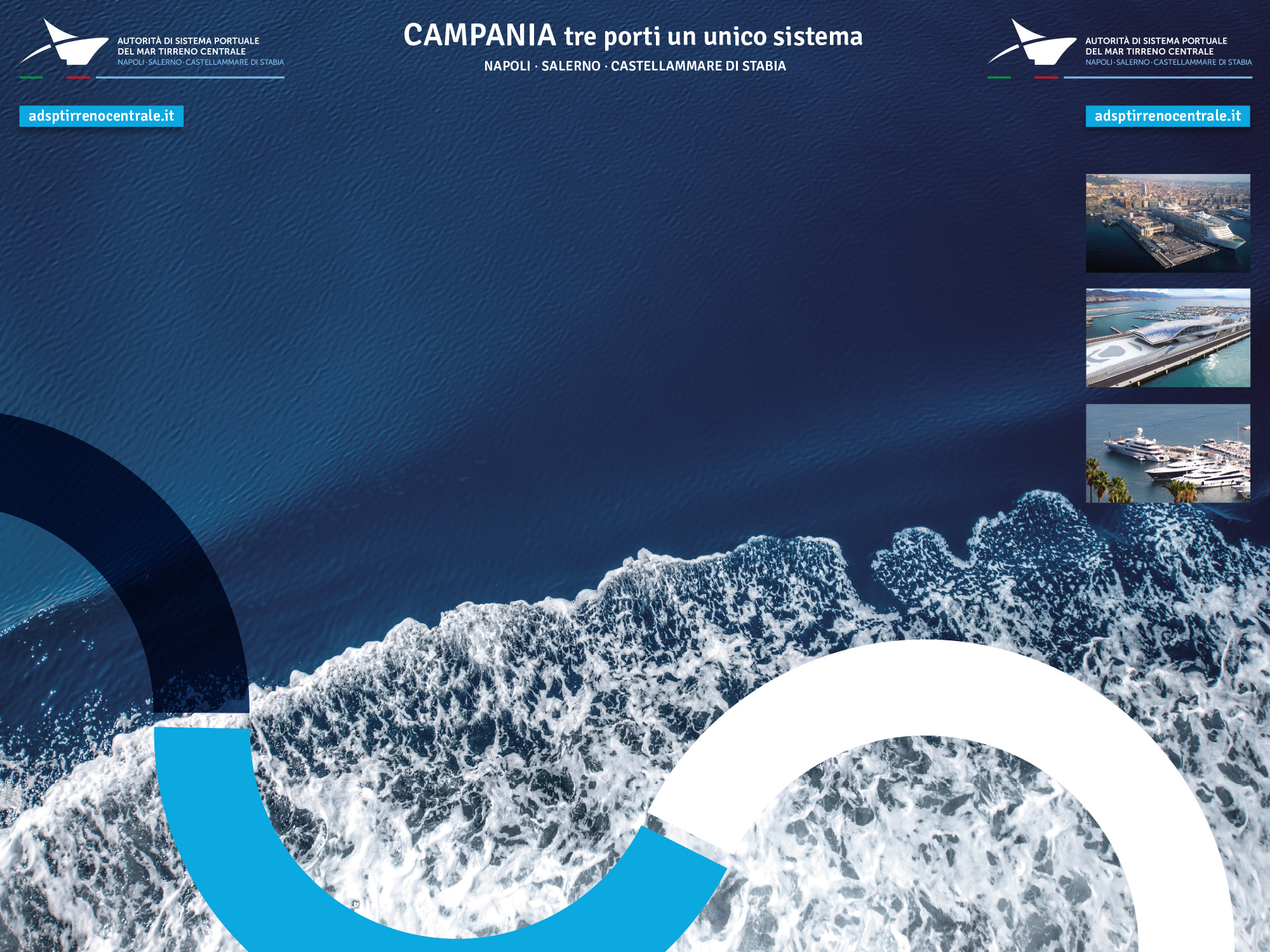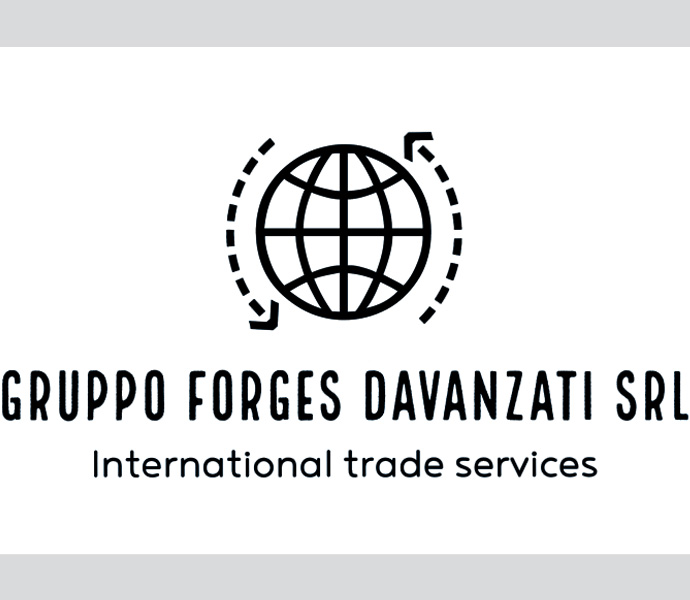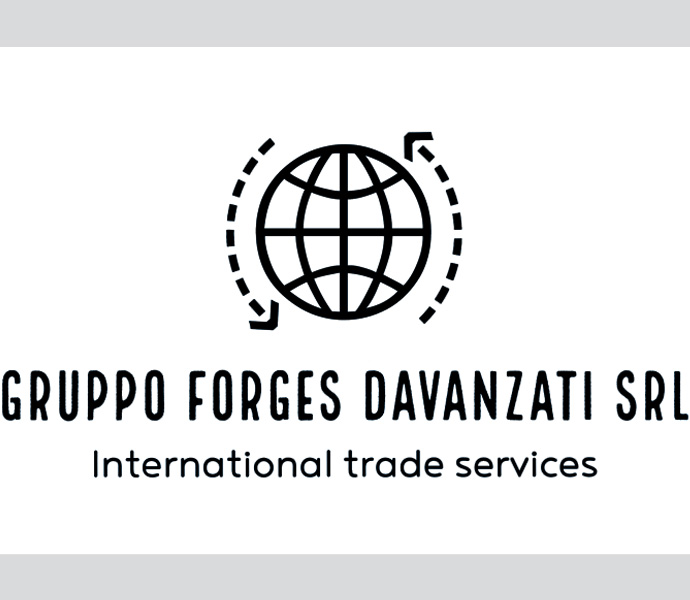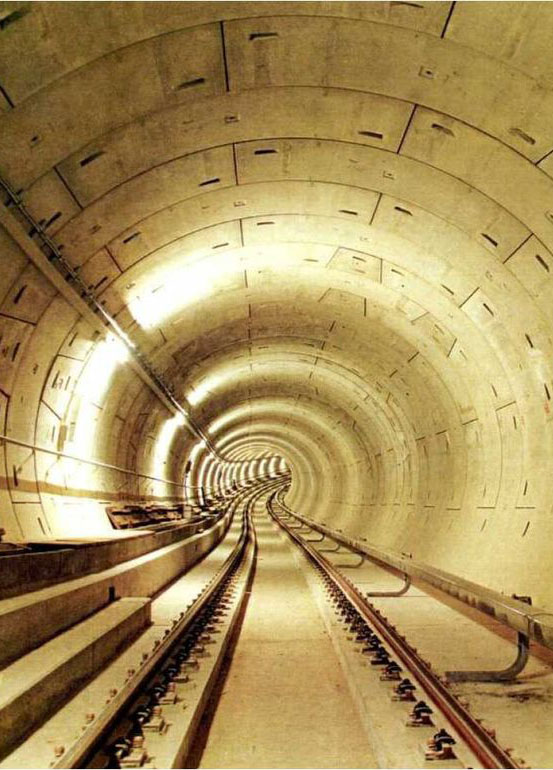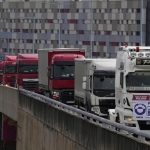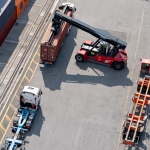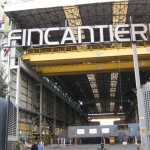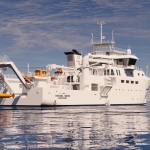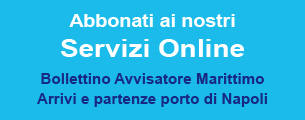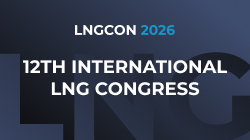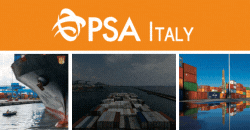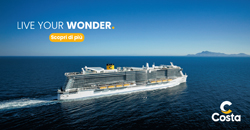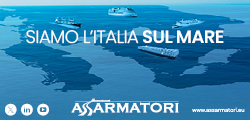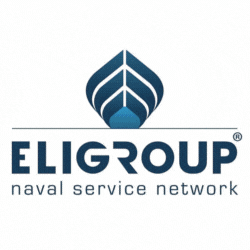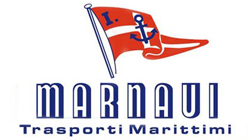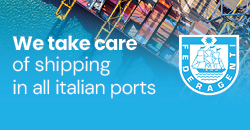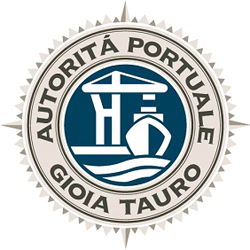Gentile Utente,
desideriamo informarLa che i Suoi dati personali - raccolti direttamente presso di Lei - saranno utilizzati da parte di informazionimarittime.com, nel pieno rispetto dei principi fondamentali, dettati dalla direttiva 95/46/CE e dalla Legge 675/96 per la protezione dei dati personali e in attuazione del provvedimento del Garante per la protezione dei dati personali dell'8 maggio 2014 "Individuazione delle modalità semplificate per l'informativa e l'acquisizione del consenso per l'uso dei cookie"
Operazioni di trattamento dei dati personali e relativi scopi
Di seguito, Le riepiloghiamo tutte le operazioni da noi svolte che implicano raccolta, conservazione od elaborazione dei Suoi dati personali, e gli scopi che perseguiamo con ciascuna di esse:
- raccolta dei Suoi dati personali al fine della fornitura dei servizi gratuiti;
- raccolta dei Suoi dati personali al fine di poter rispondere alle richieste di informazioni e/o segnalazioni.
Modalità del trattamento
Il trattamento avverrà con strumenti automatizzati per il tempo strettamente necessario a conseguire gli scopi per cui sono stati raccolti. Specifiche misure di sicurezza sono osservate per prevenire la perdita dei dati, usi illeciti o non corretti ed accessi non autorizzati.
Inoltre verrà escluso a priori ogni trattamento che possa riguardare direttamente o indirettamente dati sensibili.
Libertà di rilasciare il consenso e conseguenze di un rifiuto
Il conferimento dei Suoi dati è facoltativo. Tuttavia, in caso di mancanza o inesattezza di tali dati ci troveremo nell'impossibilità di fornirLe i servizi da Lei richiesti.
Titolare e responsabile del trattamento
Titolare del trattamento è Informazioni Marittime srl. Il responsabile del trattamento dei dati personali è reperibile all'indirizzo di posta elettronica: info@informazionimarittime.com
Diritti degli interessati
La informiamo inoltre che ogni interessato può esercitare i diritti di cui all'art.13 della Legge 675/96 che di seguito riassumiamo:
- conoscere mediante accesso gratuito al contenuto del Registro di cui all'art.31 della Legge 675/96 l'esistenza di trattamenti di dati che possono riguardarlo;
- di essere informato in merito a:
- nome, denominazione, ragione sociale, domicilio, residenza e sede del titolare del trattamento.
- finalità e modalità del trattamento
- nome, denominazione, ragione sociale domicilio, sede del responsabile del trattamento;
- di ottenere dal titolare:
- Conferma dell'esistenza di dati personali che lo riguardano e comunicazione dei medesimi.
Informazioni relativamente alla logica e alle finalità del trattamento.
- Cancellazione e trasformazione in forma anonima dei dati trattati in violazione della legge compresi quelli di cui non è necessaria la conservazione in relazione agli scopi per i quali sono raccolti e trattati.
- Aggiornamento rettificazione o integrazione dei dati.
- Attestazione che le operazioni di cui ai numeri 2 e 3 sono state portate a conoscenza per quanto riguarda il contenuto di coloro ai quali i dati sono stati comunicati o diffusi eccettuato il caso in cui tale adempimento si riveli impossibile o comporti un impiego di mezzi manifestamente sproporzionato rispetto al diritto tutelato.
- di opporsi, in tutto o in parte, per motivi legittimi, al trattamento dei dati personali che lo riguardano ancorché pertinenti allo scopo della raccolta;
- di opporsi, in tutto o in parte, al trattamento di dati personali che lo riguardano esercitando gratuitamente tale diritto.
Modalità di gestione del sito in riferimento al trattamento dei dati personali degli utenti che lo consultano
Si tratta di un'informativa che è resa anche ai sensi dell'art. 10 della legge 31 dicembre 1996 n. 675 a coloro che interagiscono con i servizi web di informazionimarittime.com per la protezione dei dati personali, accessibili per via telematica a partire dall'indirizzo: http://www.informazionimarittime.com/ corrispondente alla pagina iniziale del sito ufficiale. L'informativa è resa solo per il sito www.informazionimarittime.com e non anche per altri siti web eventualmente consultati dall'utente tramite link. L'informativa si ispira anche alla Raccomandazione n. 2/2001 che le autorità europee per la protezione dei dati personali, riunite nel Gruppo istituito dall'art. 29 della direttiva n. 95/46/CE, hanno adottato il 17 maggio 2001 per individuare alcuni requisiti minimi per la raccolta di dati personali on-line, e, in particolare, le modalità, i tempi e la natura delle informazioni che i titolari del trattamento devono fornire agli utenti quando questi si collegano a pagine web, indipendentemente dagli scopi del collegamento. La Raccomandazione e una descrizione di sintesi delle sue finalità sono riportate in altre pagine di questo sito.
Luogo del trattamento dei dati
I Dati sono trattati presso le sedi operative del Titolare ed in ogni altro luogo in cui le parti coinvolte nel trattamento siano localizzate. Per ulteriori informazioni, contatta il Titolare. Nessun dato derivante dal servizio web viene comunicato o diffuso. I dati personali forniti dagli utenti che inoltrano richieste di invio di materiale informativo sono utilizzati al solo fine di eseguire il servizio o la prestazione richiesta.
Tipi di dati trattati
Dati di navigazione
I sistemi informatici e le procedure software preposte al funzionamento di questo sito web acquisiscono, nel corso del loro normale esercizio, alcuni dati personali la cui trasmissione è implicita nell'uso dei protocolli di comunicazione di Internet. Si tratta di informazioni che non sono raccolte per essere associate a interessati identificati, ma che per loro stessa natura potrebbero, attraverso elaborazioni ed associazioni con dati detenuti da terzi, permettere di identificare gli utenti. In questa categoria di dati rientrano gli indirizzi IP o i nomi a dominio dei computer utilizzati dagli utenti che si connettono al sito, gli indirizzi in notazione URI (Uniform Resource Identifier) delle risorse richieste, l'orario della richiesta, il metodo utilizzato nel sottoporre la richiesta al server, la dimensione del file ottenuto in risposta, il codice numerico indicante lo stato della risposta data dal server (buon fine, errore, ecc.) ed altri parametri relativi al sistema operativo e all'ambiente informatico dell'utente. Questi dati vengono utilizzati al solo fine di ricavare informazioni statistiche anonime sull'uso del sito e per controllarne il corretto funzionamento e vengono cancellati immediatamente dopo l'elaborazione. I dati potrebbero essere utilizzati per l'accertamento di responsabilità in caso di ipotetici reati informatici ai danni del sito.
Dati forniti volontariamente dall'utente
L'invio facoltativo, esplicito e volontario di posta elettronica agli indirizzi indicati e la compilazione dei form presenti su questo sito comportano la successiva acquisizione dell'indirizzo del mittente, necessario per rispondere alle richieste, nonché degli eventuali altri dati personali inseriti nella missiva e/o inseriti nei campi del form. Specifiche informative di sintesi verranno progressivamente riportate o visualizzate nelle pagine del sito predisposte per particolari servizi a richiesta.
I cookie sono delle stringhe di testo di piccola dimensione che un sito web può inviare, durante la navigazione, al dispositivo dell'Utente (sia esso un pc, un notebook, uno smartphone, un tablet; di norma sono conservati direttamente sul browser utilizzato per la navigazione). Lo stesso sito web che li ha trasmessi, poi può leggere e registrare i cookie che si trovano sullo stesso dispositivo per ottenere informazioni di vario tipo.
Tipologie di cookie
Esistono due macro-categorie fondamentali, con caratteristiche diverse: cookie tecnici e cookie di profilazione
I cookie tecnici sono generalmente necessari per il corretto funzionamento del sito web e per permettere la navigazione; senza di essi si potrebbe non essere in grado di visualizzare correttamente le pagine oppure di utilizzare alcuni servizi. Per esempio, un cookie tecnico è indispensabile per mantenere l'utente collegato durante tutta la visita a un sito web e per tenere traccia, nel caso di informazionimarittime.com, del concorso su cui ci si sta esercitando e le relative statistiche, oppure per memorizzare le impostazioni della lingua, della visualizzazione, e così via.
I cookie tecnici possono essere ulteriormente distinti in:
- cookie di navigazione, che garantiscono la normale navigazione e fruizione del sito web (permettendo, ad esempio, di realizzare un acquisto o autenticarsi per accedere ad aree riservate);
- cookie analytics, assimilati ai cookie tecnici solo laddove utilizzati direttamente dal gestore del sito per raccogliere informazioni, in forma aggregata, sul numero degli utenti e su come questi visitano il sito stesso;
- cookie di funzionalità, che permettono all'utente la navigazione in funzione di una serie di criteri selezionati (ad esempio, la lingua, i prodotti selezionati per l'acquisto) al fine di migliorare il servizio reso allo stesso.
I cookie di profilazione sono più sofisticati! Questi cookie hanno il compito di profilare l'utente e vengono utilizzati al fine di inviare messaggi pubblicitari in linea con le preferenze manifestate dallo stesso durante la sua navigazione.
I cookie possono, ancora, essere classificati come:
- cookie di sessione, i quali vengono cancellati immediatamente alla chiusura del browser di navigazione;
- cookie persistenti, i quali – a differenza di quelli di sessione – rimangono all'interno del browser per un determinato periodo di tempo. Sono utilizzati, ad esempio, per riconoscere il dispositivo che si collega al sito agevolando le operazioni di autenticazione per l'utente.
- cookie di prima parte (first-part cookie) ossia cookie generati e gestiti direttamente dal soggetto gestore del sito web sul quale l'utente sta navigando.
- cookie di terza parte (third-part cookie), i quali sono generati e gestiti da soggetti diversi dal gestore del sito web sul quale l'utente sta navigando (in forza, di regola, di un contratto tra il titolare del sito web e la terza parte).
Cookie utilizzati da informazionimarittime.com
Cookie tecnici di navigazione
Utilizziamo cookie tecnici di navigazione per garantire la corretta visualizzazione del sito e il funzionamento del servizio di simulazione.
Cookie analytics di terza parte e mappe
Per cookie analytics di terza parte intendiamo quelli utilizzati dal servizio di Google Analytics, di cui il sito si avvale come strumento di analisi anonima e aggregata, per tenere traccia in modo del tutto anonimo delle caratteristiche software e hardware inerenti ai dispositivi utilizzati dagli utenti che visitano il sito e delle loro abitudini di navigazione, come ad esempio il numero di visualizzazioni giornaliere di ciascuna pagina. Tutti questi dati sono essenziali per permetterci di effettuare un piano di aggiornamento del sito che tenga conto delle reali esigenze degli utenti e delle tecnologie da loro utilizzate.
Inoltre, In alcune pagine del sito sono presenti delle informazioni geografiche che utilizzano il servizio di Google Maps che potrebbero fare uso di cookie di tracciamento.
Sia i cookie di Google Analytics che quelli di Google maps sono gestiti direttamente da Google e per ottenere maggiori informazioni sul loro utilizzo è possibile consultare direttamente l'informativa specifica al seguente indirizzo: http://www.google.it/policies/privacy/partners/
Se si preferisce disabilitare i cookie di Google Analytics e di Google maps è possibile impostare la navigazione anonima (Do Not Track) sul browser in uso. Di seguito si riportano i link relativi alle istruzioni su come abilitare questa opzione nei vari browser:
Per disattivare i cookie di Google Analytics è anche possibile installare sul browser in uso il componente aggiuntivo per la disattivazione.
Informazionimarittime.com non utilizza cookie di profilazione né di prima né di terza parte.
Disabilitare i Cookie mediante configurazione del browser
È possibile disabilitare i cookie utilizzando gli strumenti di configurazione messi a disposizione dai vari browser. Di seguito riportiamo i link alle pagine di istruzioni per impostare questa specifica opzione nei vari browser:
Ulteriori informazioni sul trattamento
Facoltatività del conferimento dei dati
A parte quanto specificato per i dati di navigazione, l'utente è libero di fornire i dati personali riportati nei moduli di richiesta a informazionimarittime.com o comunque indicati in contatti per sollecitare l'invio di materiale informativo o di altre comunicazioni.
Il loro mancato conferimento può comportare l'impossibilità di ottenere quanto richiesto.
Difesa in giudizio
I Dati Personali dell'Utente possono essere utilizzati per la difesa da parte del Titolare in giudizio o nelle fasi propedeutiche alla sua eventuale instaurazione, da abusi nell'utilizzo della stessa o dei servizi connessi da parte dell'Utente.
L'Utente dichiara di essere consapevole che al Titolare potrebbe essere richiesto di rivelare i Dati su richiesta delle pubbliche autorità.
Informative specifiche
Su richiesta dell'Utente, in aggiunta alle informazioni contenute in questa privacy policy, questa Applicazione potrebbe fornire all'Utente delle informative aggiuntive e contestuali riguardanti servizi specifici, o la raccolta e il trattamento di Dati Personali.
Log di sistema e manutenzione
Per necessità legate al funzionamento e alla manutenzione, questa Applicazione e gli eventuali servizi terzi da essa utilizzati potrebbero raccogliere Log di sistema, ossia file che registrano le interazioni e che possono contenere anche Dati Personali, quali l'indirizzo IP Utente.
Informazioni non contenute in questa policy
Maggiori informazioni in relazione al trattamento dei Dati Personali potranno essere richieste in qualsiasi momento al Titolare del Trattamento utilizzando le informazioni di contatto.
Note
Ogni sforzo verrà fatto per rendere il più possibile interoperabili le funzionalità di questo sito con i meccanismi di controllo automatico della privacy disponibili in alcuni prodotti utilizzati dagli utenti. Considerando che lo stato di perfezionamento dei meccanismi automatici di controllo non li rende attualmente esenti da errori e disfunzioni, si precisa che il presente documento costituisce la "Privacy Policy" di questo sito che sarà soggetta ad aggiornamenti.
Questa pagina è visibile, mediante link in calce in tutte le pagine del Sito ai sensi dell'art. 122 secondo comma del D.lgs. 196/2003 e a seguito delle modalità semplificate per l'informativa e l'acquisizione del consenso per l'uso dei cookie pubblicata sulla Gazzetta Ufficiale n.126 del 3 giugno 2014 e relativo registro dei provvedimenti n.229 dell'8 maggio 2014.
Data dell'ultimo aggiornamento: 03/15/2017.
